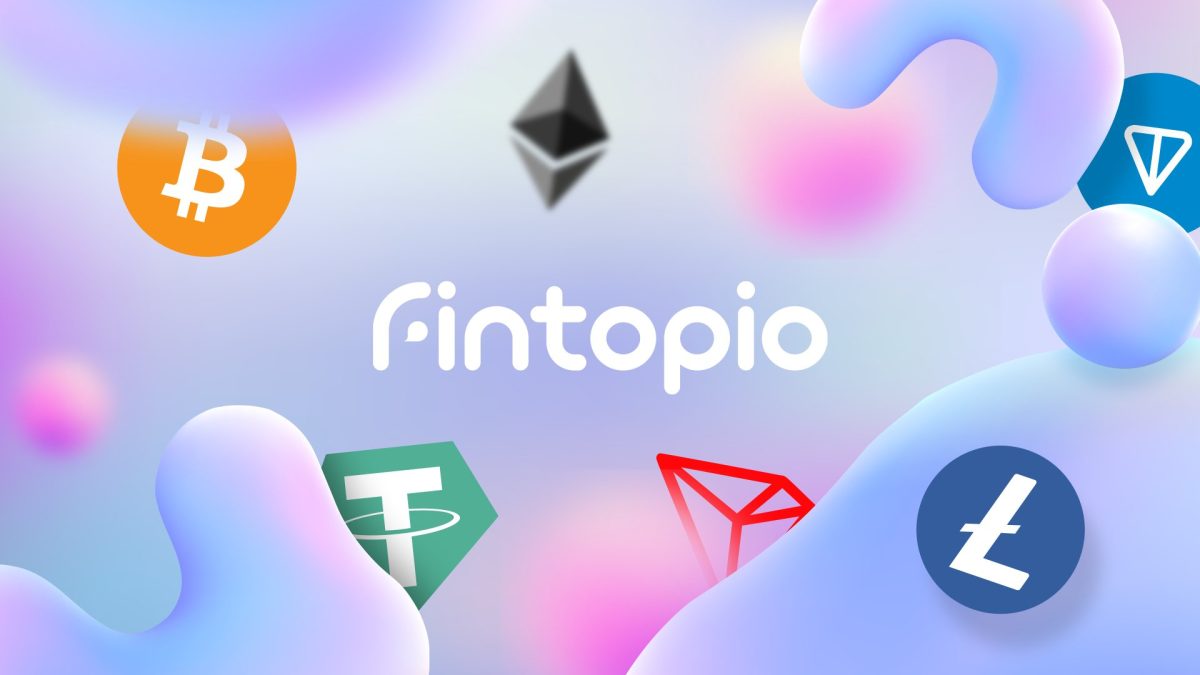Derivatives exchanges in Asia and the U.S. are designed for different types of traders, according to FTX CEO Sam Bankman-Fried


Derivatives markets in Asia and the U.S. cater to different types of customers, said Sam Bankman-Fried, CEO of crypto derivatives exchange FTX.
In an episode of The Scoop, Bankman-Fried explained that while derivatives exchanges in Asia like OKEx and BitMEX have a more efficient process for onboarding retail traders, the U.S. market is dominated by regulated exchanges like CME Group and is better suited for traditional Wall Street institutions.
Retail traders expect to get set up on an exchange in a very short amount of time, he said, and many regulated exchanges in the U.S. struggle to achieve this. Users would first need to go through a few middlemen to set up an account. They then need to wait a few days for their wire transfers to go through before they can start trading.
“It seems very clunky from the perspective of a person trying to do their first trade,” he said. “Whereas with a lot of the Asian exchanges, there is a philosophy that you go to the URL and you have an account in five minutes.”
“To the extent you're doing KYC, you can have the bulk of that done in half an hour, and then you can get your funds there within an hour, and then you're fully up and running with exactly the same setup as the most sophisticated player in the industry,” he continued.
On the flip side, he said, while regular crypto traders can quickly click through these steps, large corporations are not used to this process and have to spend additional time and energy to conduct due diligence on these Asian exchanges.
If institutions like Goldman Sachs want to trade a Bitcoin future on OKEx, for example, they would have to figure out how OKEx's systems works, who would be holding their funds, how to connect to the API, etc.
“Some parts of it are fairly risky,” he said. “Whereas if you want to trade a CME product, you already got $15 million sitting with Merrill Lynch or JP Morgan as your clearing firms in an account hooked up to every major traditional exchange.”
Moreover, if institutions want to trade a new CME product, they can simply add the product to their list of tickers and trade it using the same pot of capital in a bank account they use to trade everything else.
In sum, according to Bankman-Fried, the two markets are meant to serve two different types of users.
“One of the structures is very much designed for crypto-native traders and retail traders to be up and running quickly, and the other is very much designed for Wall Street institutions to be able to easily and seemingly safely interface with,” he said.



